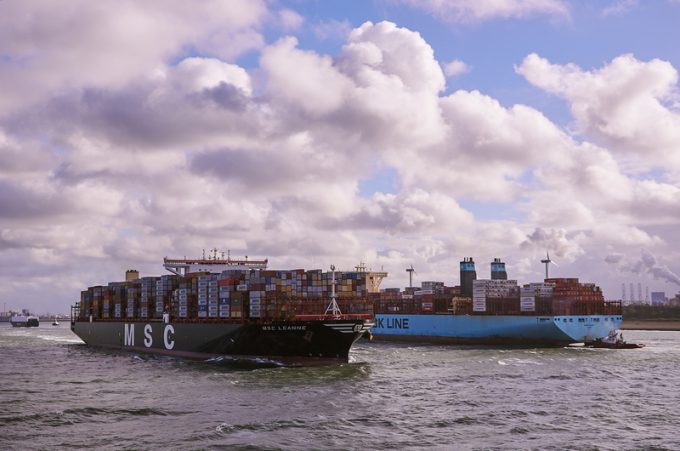
Panama Canal draught restrictions on one side of the world and Yemen-based Houthi rebels attacking shipping transiting the Red Sea enroute to the Suez Canal on the other side, are giving ocean carrier ship managers sleepless nights.
According to Destine Ozuygur, head of operations at maritime and supply chain intelligence firm eeSea, diversions of carrier proforma loops are being scaled up as more services avoid the two waterways.
“With no sign of restrictions easing in the Panama Canal and no end to ...

Comment on this article